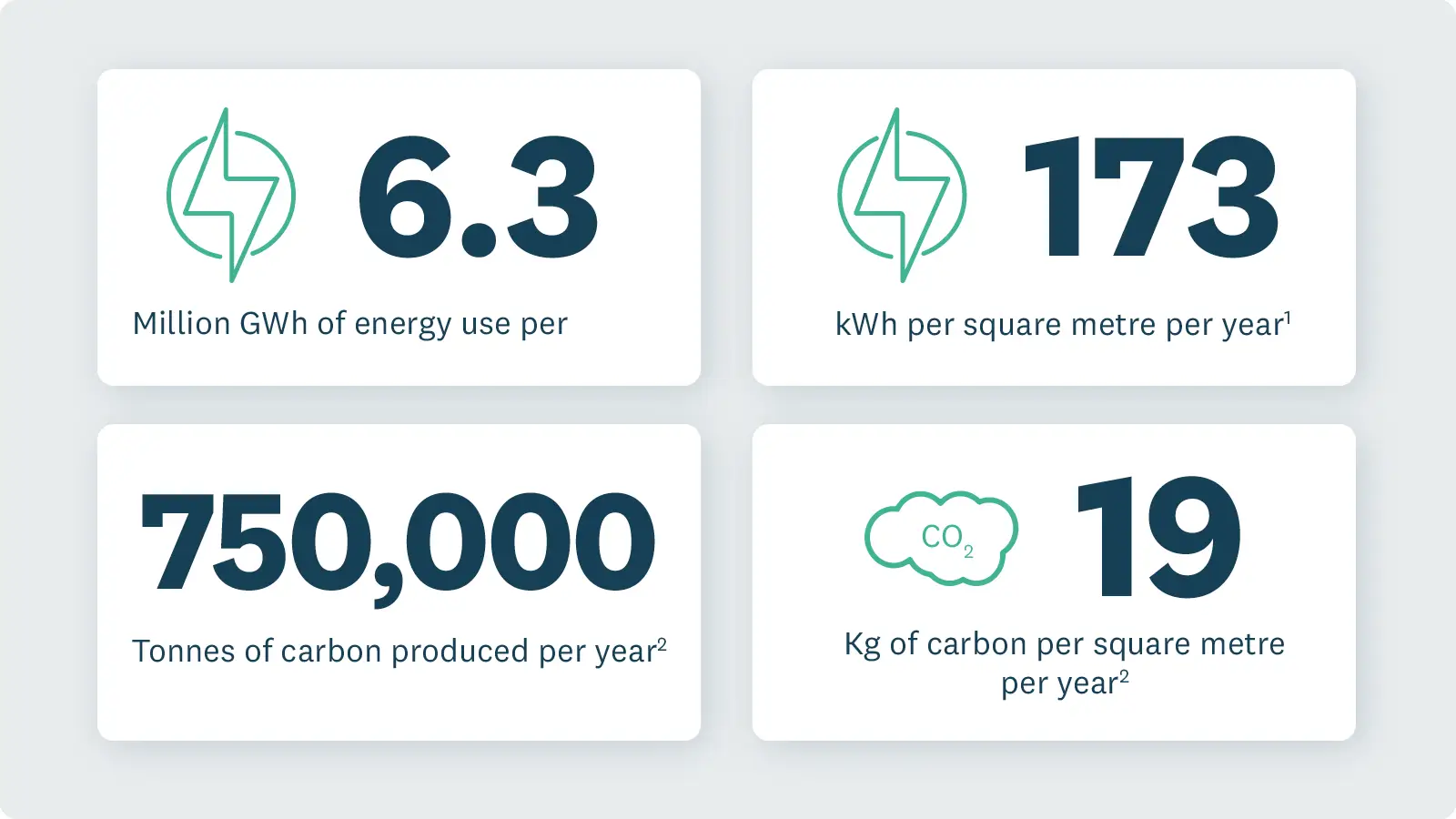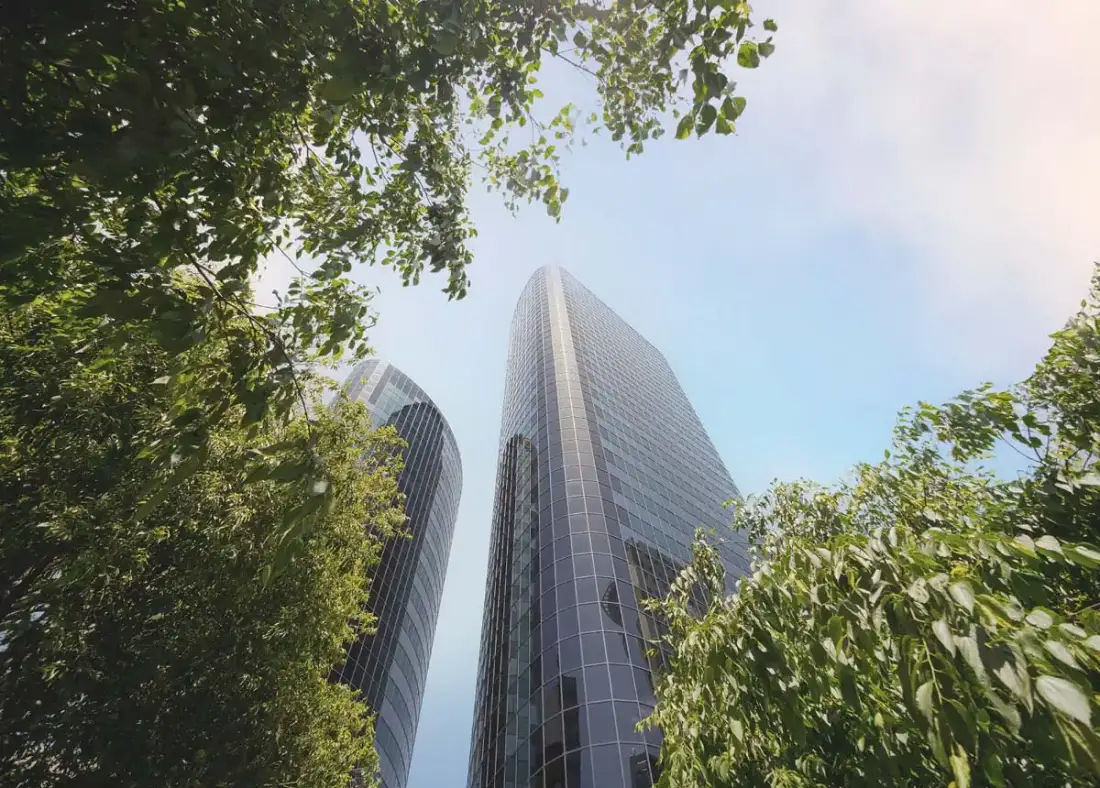Objectives
Our 5-step pathway is supported by the New Zealand Green Building Council, the Facilities Management Association of New Zealand (FMANZ), and endorsed by the Property Council New Zealand. It provides tailored tools and resources to the Commercial Buildings sector to help lower their emissions and unlock business benefits.
Eligibility
All commercial building owners, property developers, and facilities managers can access this pathway for free.
Your decarbonisation journey starts here
There are two ways to access the decarbonisation pathway.
Sign up for a series of curated emails below. We highly recommend this method as you will:
- Be alerted as soon as new resources are added
- Receive invitations to events and webinars
- Be the first to know about new co-funding opportunities
Or you can jump straight into things by visiting our tools and resources page.
The climate impact of the commercial buildings sector
The building and construction sector contribute 9.4% of NZ emissions for both operational and embodied carbon. This pathway focuses on carbon emissions coming from the everyday operation of commercial buildings – primarily heating, cooling and lighting – and energy retrofits.
Energy retrofits are characterised by the structural, architectural, mechanical or electrical work done to improve the energy performance of an existing building.
Many New Zealanders work in buildings that contribute to our greenhouse gas emissions. For some this can be a big part of their carbon footprint. Reducing these emissions is key.
Register
Want to receive tailored tools and resources straight to your inbox? Sign up to the Commercial Buildings Decarbonisation Pathway now.

2 Calculated using the 2014 emission factor for the consumption of purchased electricity published by the Ministry for the Environment.
Steps taken by commercial building owners and facility managers across New Zealand will help reduce the impact of the sector on the climate, while also reducing costs and ensuring future business continuity in a low emissions environment.
The business good of decarbonisation
Switching away from fossil fuels can have many benefits for business, beyond reducing greenhouse gas emissions.
- Cost savings – reduce operating costs through energy efficiency and fuel switching.
- Social license – improve your reputation with socially responsible consumers and investors.
- Brand value – tap into new markets, spark innovation and create business opportunities.
- Employee engagement – attract and retain talent.
- Compliance – stay ahead of regulation for climate change mitigation.
Samson Corporation says ‘hello’ to low-carbon commercial buildings
Property investment company Samson have transformed Parnell’s Axis building from a chocolate factory to a mixed-use, low emissions space.
The sooner the switch, the greater the reward
The earlier businesses make changes, the faster potential cost-savings can be unlocked. By switching to low-emissions solutions soon, you can protect your business from potential fossil fuel supply and cost uncertainty. In addition, by acting quickly, your businesses may be able to get ahead of the pack for popular technologies – particularly if there is competition for limited resources.
Get started
Ready to begin? Explore our resources for the Commercial Buildings Sector and start your decarbonisation journey now.
Wayfinder
-
Tools and resources
-
Co-funding opportunities
-
Other sector pathways

